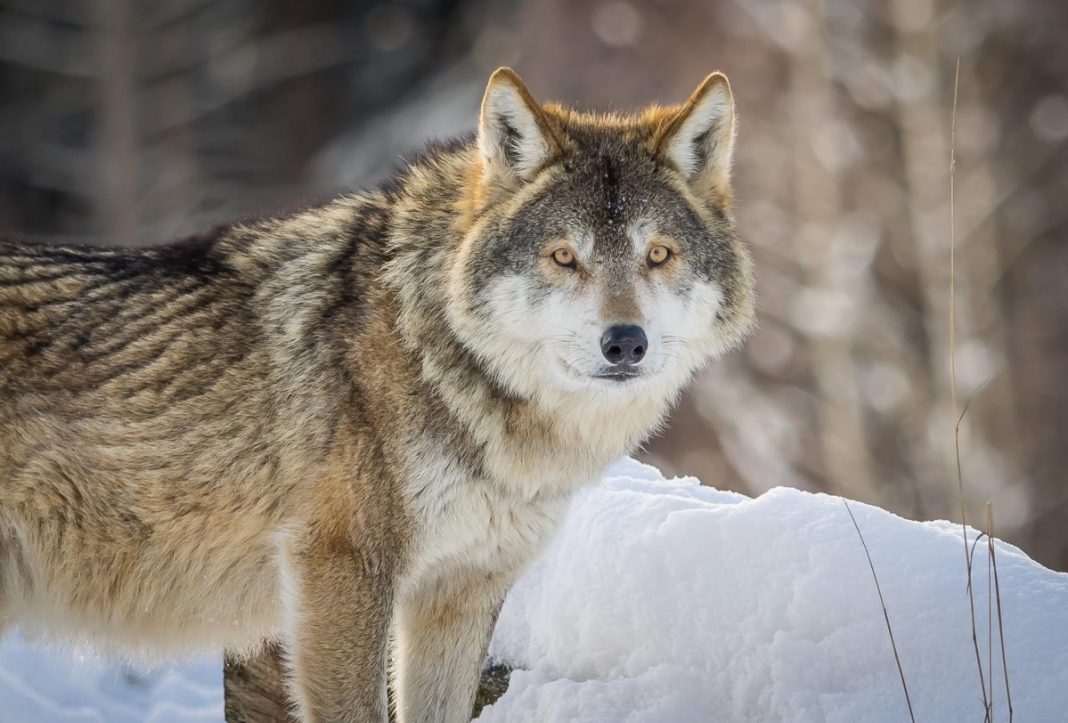Colossal Biosciences has accomplished what many thought impossible: bringing back the dire wolf (Aenocyon dirus), an iconic Ice Age predator that vanished approximately 13,000 years ago. This historic achievement marks the first-ever successful de-extinction of an animal species, demonstrating the potential of cutting-edge genetic technologies to restore lost biodiversity.
The resurrection of the dire wolf relied on a sophisticated fusion of ancient DNA analysis, CRISPR gene editing, and reproductive technology. Unlike fictional portrayals of de-extinction, the process didn’t involve finding a perfectly preserved specimen to clone directly. Instead, Colossal’s scientists meticulously reconstructed the dire wolf genome and engineered living animals to match it.
“Our team took DNA from a 13,000-year-old tooth and a 72,000-year-old skull and made healthy dire wolf puppies,” explains Ben Lamm, CEO and co-founder of Colossal. “It was once said, ‘any sufficiently advanced technology is indistinguishable from magic.’ Today, our team gets to unveil some of the magic they are working on and its broader impact on conservation.”
The process began with extracting genetic material from dire wolf fossils. Researchers obtained DNA from two specimens: a 13,000-year-old tooth from Sheridan Pit, Ohio, and a 72,000-year-old skull from American Falls, Idaho. From these ancient remains, Colossal’s scientists sequenced and deciphered the dire wolf’s genome, assembling a comprehensive genetic blueprint of the extinct species.
Next, the team compared the dire wolf’s genome to that of its closest living relative, the gray wolf. They identified 14 important genes with 20 distinct genetic variants that give dire wolves their characteristic features. These included genes influencing the dire wolf’s larger size, more muscular build, wider skull, bigger teeth, thick light-colored coat, and even its unique vocalizations.
Using CRISPR genome editing, scientists modified living cells from a modern gray wolf to carry dire wolf genes. Rather than invasively harvesting tissue, they drew blood from living gray wolves and isolated endothelial progenitor cells (EPCs) from the blood. The team then applied precise gene editing to install the 20 dire wolf variants.
This step required great care. For instance, researchers engineered around a potential problem where some coat-color gene variants linked to dire wolves might cause deafness in gray wolves. By adding compensatory genetic changes, they achieved the dire wolf’s white coat without harmful side effects.
Once the cells were genetically modified, Colossal used cloning techniques to create embryos. Scientists removed the nucleus from domestic dog egg cells and replaced it with the nucleus of an edited cell. These reconstructed ova developed into embryos and were implanted into surrogate mother dogs for gestation.
The result was the birth of three healthy dire wolf pups: two males named Romulus and Remus (born in October 2024) and a female named Khaleesi (born in January 2025). All were delivered via scheduled cesarean section.
Dr. George Church, Harvard geneticist and co-founder of Colossal, notes the significance of this achievement: “The dire wolf is an early example of this, including the largest number of precise genomic edits in a healthy vertebrate so far—a capability that is growing exponentially.”
The pups, now about 6 months and 3 months old respectively, are thriving and already exhibit classic dire wolf traits—thick white fur, broad heads, and hefty builds. They weigh approximately 80 pounds at just 6 months old. Their behaviour is notably wild; unlike domestic puppies, they keep their distance from humans, demonstrating true wild lupine instincts.
Dr. Beth Shapiro, Colossal’s Chief Science Officer and a leading ancient DNA expert, explains: “Our novel approach to iteratively improve our ancient genome in the absence of a perfect reference sets a new standard for paleogenome reconstruction. Together with improved approaches to recover ancient DNA, these computational advances allowed us to resolve the evolutionary history of dire wolves and establish the genomic foundation for de-extinction.”
The dire wolves reside on a 2,000+ acre protected reserve under round-the-clock care and monitoring. The site—certified by the American Humane Society—includes naturalistic habitats and on-site veterinary support to ensure the animals’ well-being.
While the revival of an extinct species is groundbreaking in itself, the implications for conservation science may be even more significant. The same technologies developed for the dire wolf de-extinction are already being applied to protect endangered species, including the critically endangered red wolf.
“The technologies developed on the path to the dire wolf are already opening up new opportunities to rescue critically endangered canids,” says Matt James, Colossal’s Chief Animal Officer.
This historic achievement validates Colossal’s de-extinction platform and suggests that more ambitious targets, such as the company’s efforts to reintroduce the woolly mammoth by 2028, may indeed be within reach.







